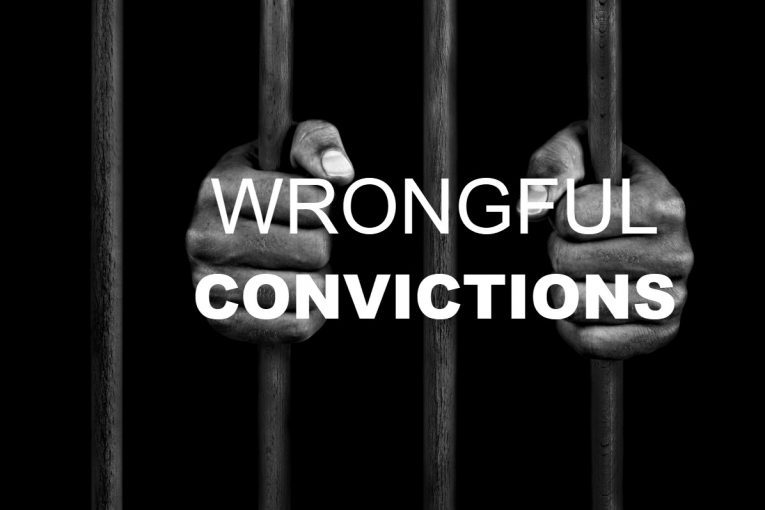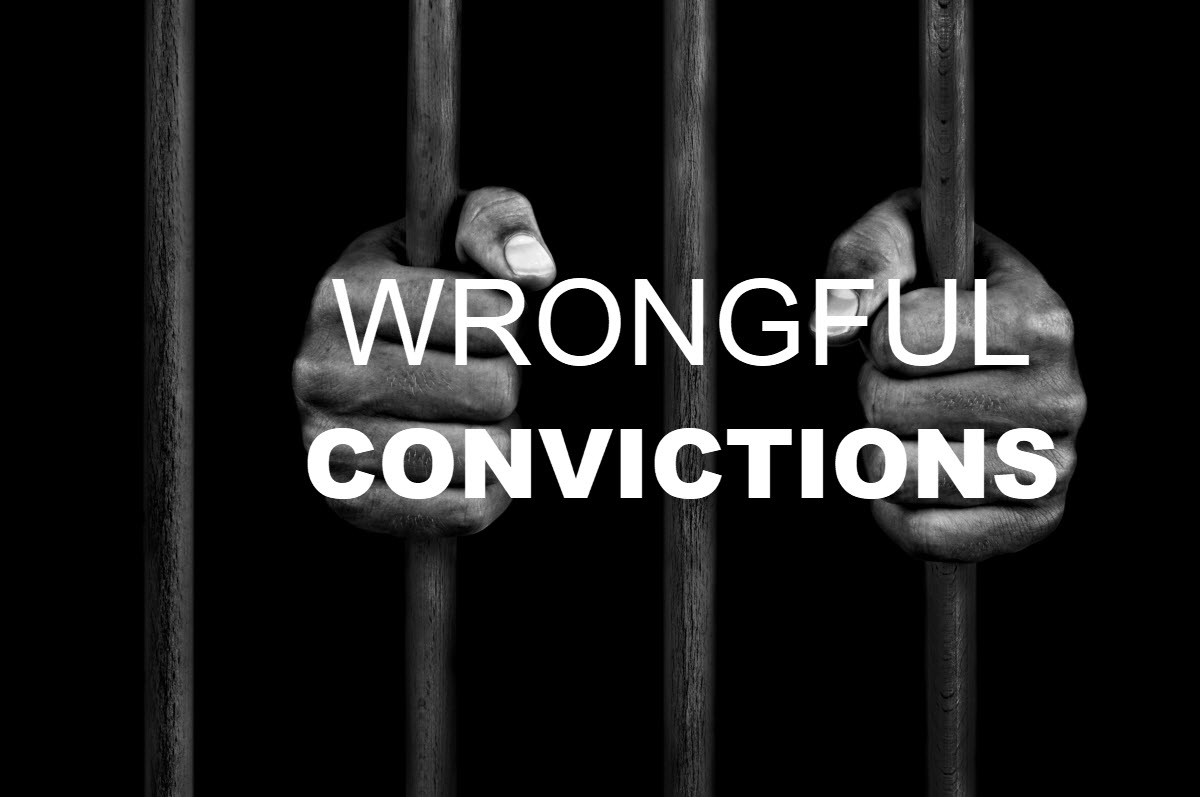

I grew up in the 80s and early 90s at a time when society was just recognizing the prevalence of sexual assault and rape. It was my generation that became sensitized to the concept of “date rape” and disgusted by the re-traumatization of women that occurred particularly when they accused an acquaintance of forcing them into unwanted sex.
“No means no,” we were taught.
But even with that push, rape was a highly underreported crime and many victims lived with the unreported trauma for years or decades.
As Cornell Law Professor Sherry Colb points out in a column this week in Justia Verdict, the slogan “Believe All Women” is an oversimplification and “misleading.” As she points out, “it suggests that every single alleged victim is telling the truth. That suggestion is unsupportable and easy to refute.”
She cites the 2014 allegations in Rolling Stone about the UVA fraternity students as well as the long history of white women falsely accusing black men of rape. Look at the history of the Scottsdale Boys where, in 1931, nine black teenagers were falsely accused of raping two white women.
Professor Colb writes, “Believe All Women, as I understand it, is a plea for equity in hearing the stories of women who say they have suffered abuse. It is a reaction to the tendency we have to  bring a special skepticism to the table when a woman (or a man) reports abuse by a partner or other acquaintance.”
bring a special skepticism to the table when a woman (or a man) reports abuse by a partner or other acquaintance.”
How in the era of “me too” are we supposed to deal with the potential for false allegations?
If you are watching the Innocence Files series like me, you will recall Episode 6 and the story of Janet Burke, a 20-year-old young woman in 1984 who is attacked and raped at work early one morning. She is given a line up and picked out Thomas Haynesworth.
Haynesworth is arrested, tried, and convicted for raping three women—he was accused of five. In the meantime, authorities caught another man in the same area involved in serial rape. Twenty-five years later, Haynesworth is exonerated by DNA evidence and eventually set free.
While Thomas Haynesworth is the tragic victim of eyewitness misidentification, this is not the same issue as a false accusation.
How do we deal with that issue in a time of “me too”? I think it is actually by employing a similar frame of mind for sexual assault cases as other potential allegations.
For me, that has been relatively easy. Two of the wrongful conviction cases I have worked on probably the most extensively involve the allegation and conviction of rapes that objectively appear to not have occurred.
In the case of Ajay Dev, convicted in 2009 of the ongoing rape of his adopted daughter, I was presented shortly after the jury verdict with information from the family. I actually viewed their claims of innocence with a good deal of skepticism.
For me the two pieces of evidence there that convinced me that Ajay Dev is innocent are the lack of credible evidence and the pretext phone call.
The Ajay Dev case comes down to she said–he said. When you objectively evaluate their claims, for the most part they fall apart. Specific incidents such as a rape in the same bed with his wife and a rape on the floor of a living room where a large number of people were sleeping seem implausible.
Moreover, this was a young woman who repeatedly saw doctors and other professionals and yet, over the course of five years of alleged forcible rape, she had no injuries that anyone noticed. There was no physical evidence at all to connect Ajay Dev to a rape of the minor.
Supposedly corroborating evidence such as pregnancies and pornography are easily explained away and the pornography charges actually resulted in an acquittal.
The coup de grâce was of course the pretext phone calls—but from the start the family and Ajay Dev himself argued that these were misinterpreted and taken out of context. They are still fighting this issue, but evidence presented during the evidentiary hearing in 2019 strongly suggests that the phrase in question had no sexual connotation to it; it was simply a question that if I was so  bad to you, why did you continue to live in our house after you turned 18?
bad to you, why did you continue to live in our house after you turned 18?
Contemporaneously, the alleged victim did not accept that as an admission anyway. She continued to get him to confess for another half hour and at one point grew despondent, imploring him why won’t you admit it.
Ajay Dev is serving a 378-year sentence. The overwhelming evidence in that case is that no sexual assault occurred. We should take allegations seriously, but ultimately that doesn’t mean that all allegations are valid.
Anand Jon Alexander was a rising star in the fashion industry in 2007 when he was arrested and ultimately convicted of one count of rape and many counts of lesser sexual offenses
Once again, Anand Jon faced a case against accusers despite no physical evidence.
And yet he was convicted and sentenced to 59 years to life in prison.
In reviewing the trial transcripts, we see an overt appeal to racism and and the existence of egregious Brady violations.
The key to the prosecution of this case was the fact that multiple young women came forward to claim that Anand Jon had raped them.
The premise of the prosecution is that these women had no motives, do not know each other, and came together with similar complaints, therefore they must have experienced the same behavior by Anand Jon.
The DDA argued that the “sheer number of unrelated witnesses making similar allegations of sexual abuse” demonstrates his guilt. In her opening statement: “None of these girls know each other . . . have no contact with each other . . .”
But in fact, as is documented in the hundreds of online exchanges that were withheld by the Beverly Hills police for over a decade and now included in numerous new filings, there was a concerted effort and financial-publicity motives by several of the victims to communicate and get the stories straight. The prosecution not only lied to the jury about the state of the evidence, but withheld it from the defense.
In one exchange on My Space the alleged victims consult with each other: “I think it is a VERY good idea for someone to pretend to be underage and go undercover. He would go straight to prison.” Response: “I talked to (Ashley) Jaime today… (S)he said Anand would never force himself on her (but) he would be perfectly willing to have sex with her if she wanted to… It would be SOOO easy to use Ashley as a trap because of this.” Response: “(A)nyways, we’re going to put him away, but Ashley’s gonna be the girl we need to talk to. She gonna have to trick him.”
Here is a case where not only did the alleged victims lie, but the prosecution lied and withheld evidence of a conspiracy by the alleged victims to get Anand Jon Alexander.
The question us is how do we deal with such cases?
Professor Sherry Colb argues that “Believe All Women” is not a literal statement of truth, but rather “a plea for equity in hearing the stories of women who say they have suffered abuse. It is a reaction to the tendency we have to bring a special skepticism to the table when a woman (or a man) reports abuse by a partner or other acquaintance.”
She notes, “By contrast, when someone tells us that a stranger robbed him at gunpoint, we quite reflexively Believe Victims. We may ultimately surrender this instant presumptive faith we place in a crime victim’s report. If other evidence pokes holes in the story, we let go of what we previously believed.”
That seems to be a reasonable approach. Take allegations seriously until evidence emerges to cast doubt on them—but don’t push the pendulum too far in the other direction.
As she writes: “We can best understand the “Believe All Women” plea as one asking that we defer the disbelief that ordinarily greets accounts of abuse even before anyone has contradicted them.”
In the case of Anand Jon Alexander and Ajay Dev, there is a mountain of evidence to disbelieve the alleged victims in those cases, to the point where I believe both men have been wrongly convicted.
—David M. Greenwald reporting
To sign up for our new newsletter – Everyday Injustice – https://tinyurl.com/yyultcf9


I read the link suppled by the Vanguard in this story and it was just as I thought. The story is based around the need to give Joe Biden a pass for the sexual misconduct he’s now being accused of.
In this case, I applied some of the thoughts from the Cornell professor to the issue of Ajay and Anand. The story is not as you suggest, based on Biden at all and his name never comes up in my piece.
I was referring to the article in the link you suppled and used for the basis of your column. I find it rather hypocritical now that during the Kavanaugh case the MeToo movement along with the left said that all women must be believed but now that Joe Biden is caught in the middle of this we’re seeing a dramatic turn.
You are correct KO.
What is Alan Miller’s pet peeve? Hypocrisy!
Thanks for pointing out this clear hypocrisy. If you are reading my words and you believe Biden but didn’t believe Trump, or believe Trump but don’t believe Biden, you have a mental illness called ‘Believing Only Your Own Political Party’ or BOYOPP Syndrome. There is no cure — you are doomed to live forever in your own mind.